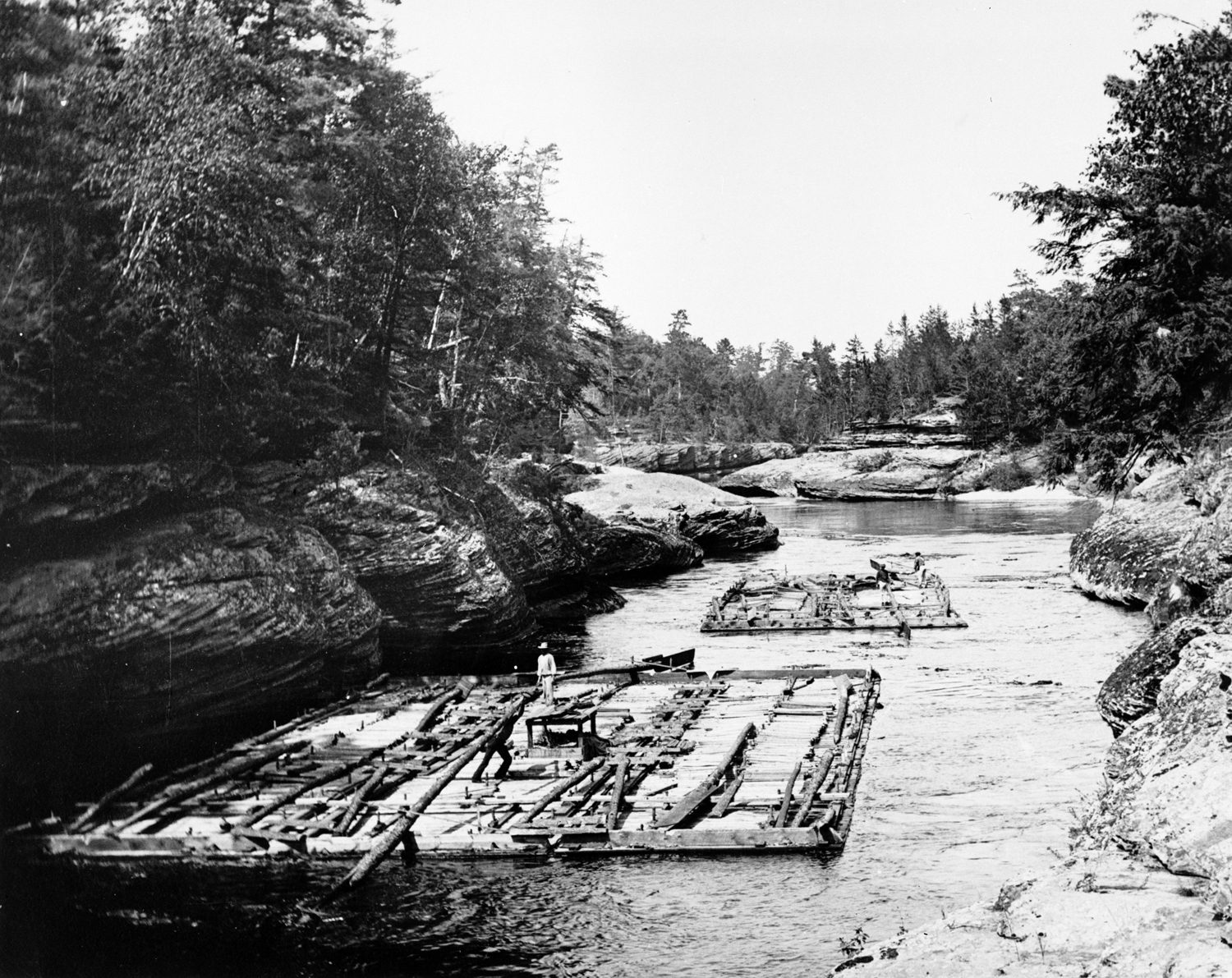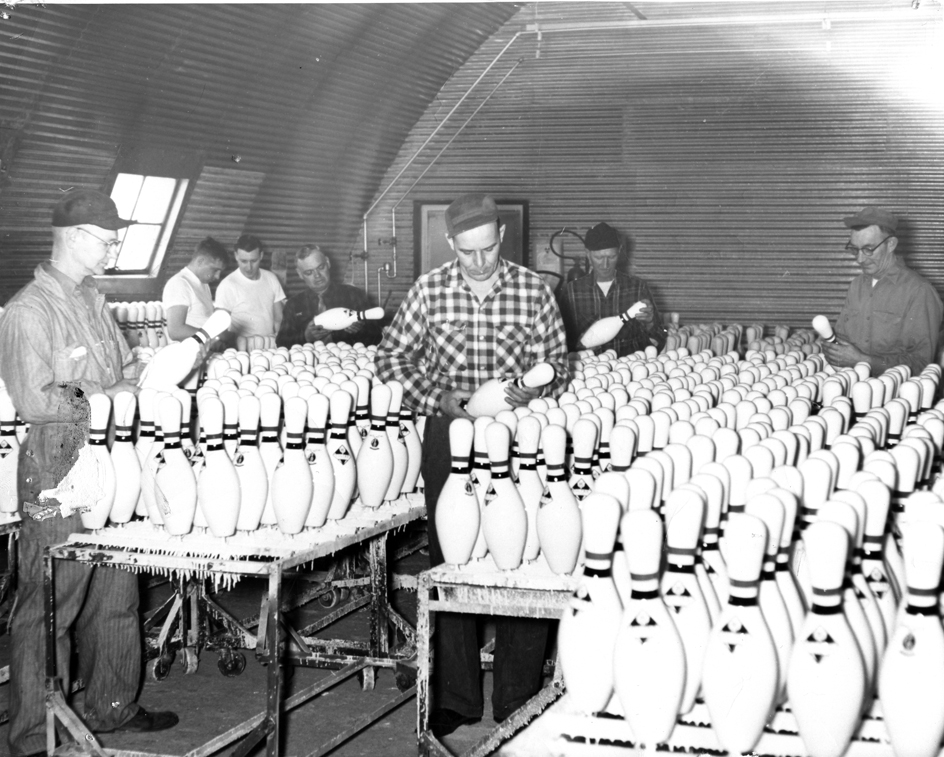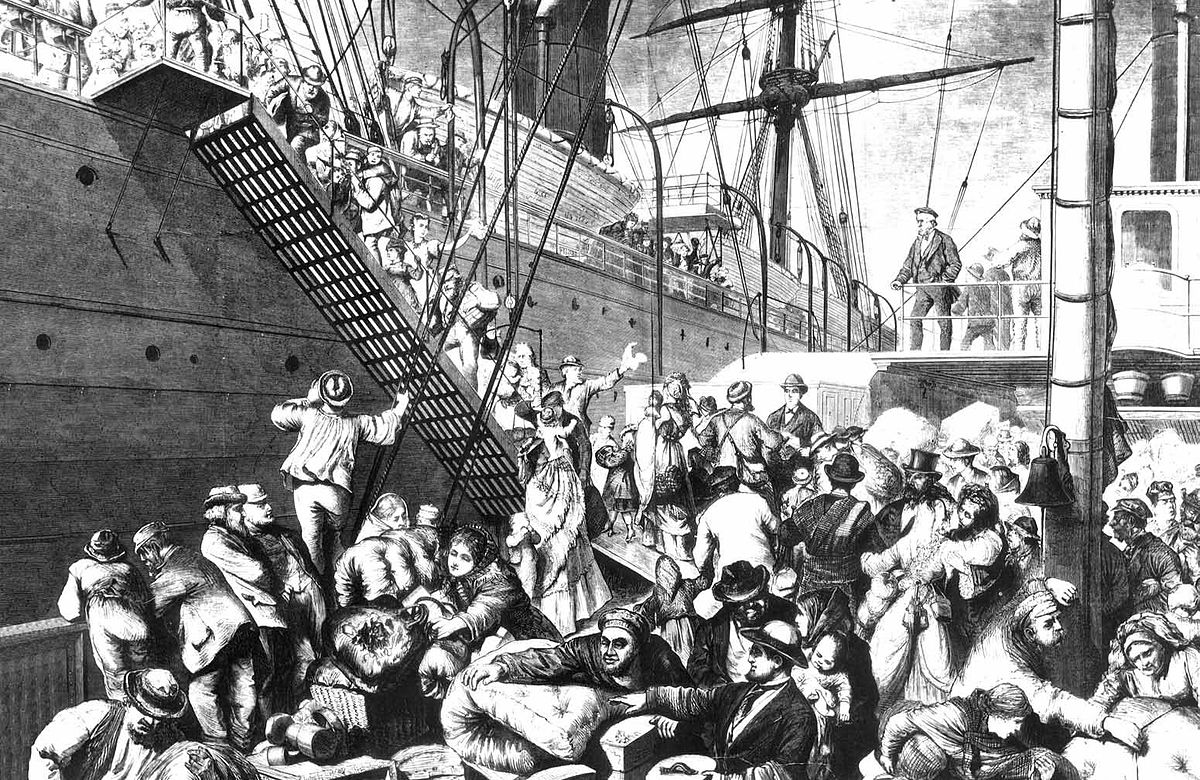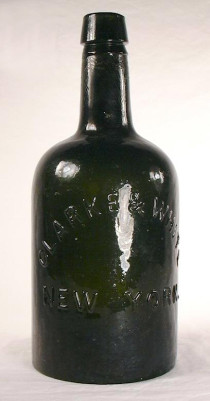The Lumber Industry in Northern Wisconsin
Prior to the Civil War, most of northern Wisconsin was inhabited by the Menominee and Ojibwe Indians and transient fur traders of European origin. Demand for wood in Chicago and Milwaukee after the Civil War brought lumbermen to the north woods. Initially,…





